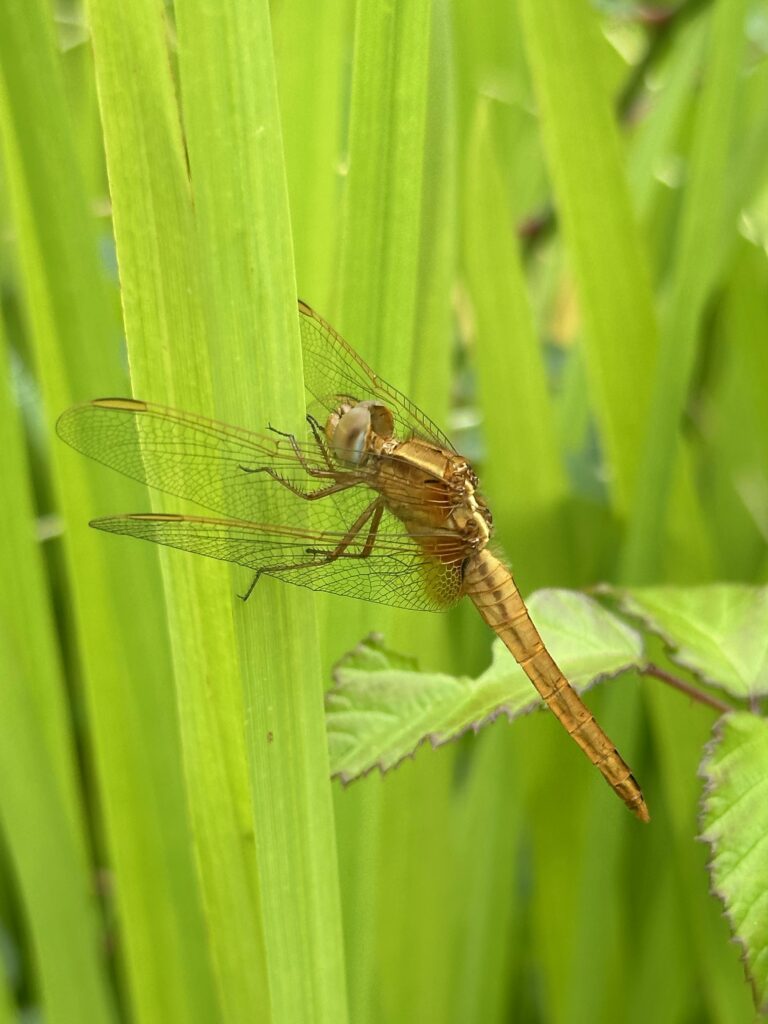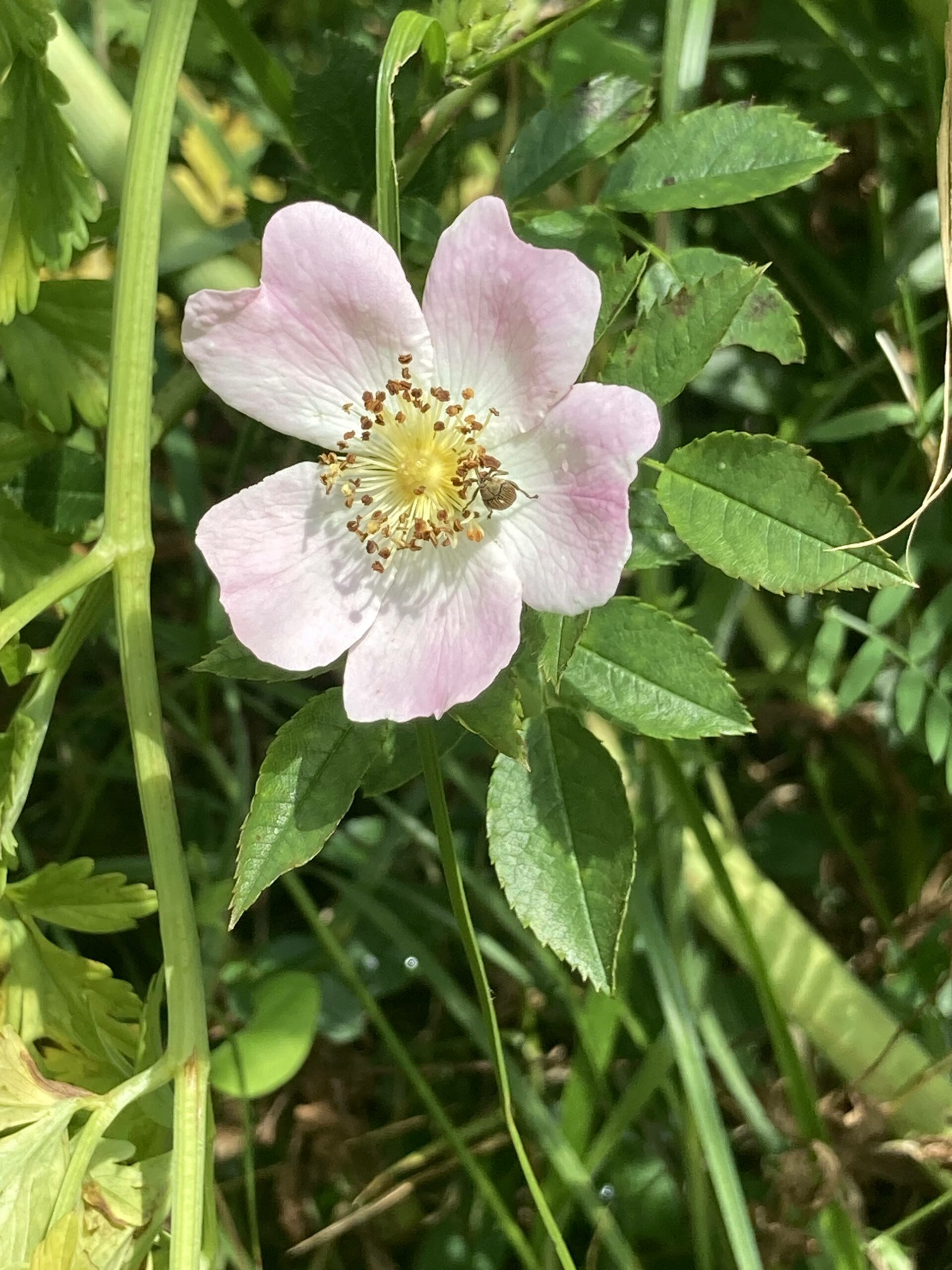The Marais d’Orx is a natural gem in south-west France, providing an idyllic habitat for a rich biodiversity. This wetland is home to fascinating wildlife, well worth discovering and enjoying. Here’s a glimpse of the wonders you might spot on a visit to this enchanting spot.
Birdwatchers will be delighted by the multitude of species nesting or passing through the Marais d’Orx. Among the most emblematic are the white spoonbill, recognisable by its head bobbing when fishing. Cetti’s warblers, small passerines, rarely leave the brambles. Ospreys, with their black and white masks, offer a striking aerial spectacle with their dizzying dives to catch small fish.

Watching the calm waters of the marsh from the estate, you may be lucky enough to spot cistude turtles, small, shy reptiles, of which there are 140 individuals in the marsh. Amphibians are not to be outdone, with the presence of the agile frog in particular, recognisable by its melodious song resounding in the spring evenings.
Insects are also an important part of the fauna of the Marais d’Orx. Dragonflies, veritable aerial acrobats, spread their iridescent wings over the water. Don’t miss the scarlet dragonfly from June to September. And don’t forget the butterflies, such as the Gonepteryx rhamni, which feed on the wildflowers that dot the wet meadows.
The Marais d’Orx is also home to a rich and diverse flora, adapted to the wet conditions of this natural environment. Here’s an overview of the main plant species you’ll see during your visit.
The reed beds are an emblematic feature of the marsh landscape. The common reed, with its upright stems and silvery plumes, forms vast expanses that provide shelter for numerous animal species.

Don’t forget to look up at the willows and alders, typical wetland trees whose leaning branches caress the surface of the water. Their knotted roots and twisted trunks bear witness to their adaptation to this particular environment.
The Marais d’Orx offers a veritable festival of plant shapes, colours and textures, changing with the seasons and creating ever-new landscapes.
